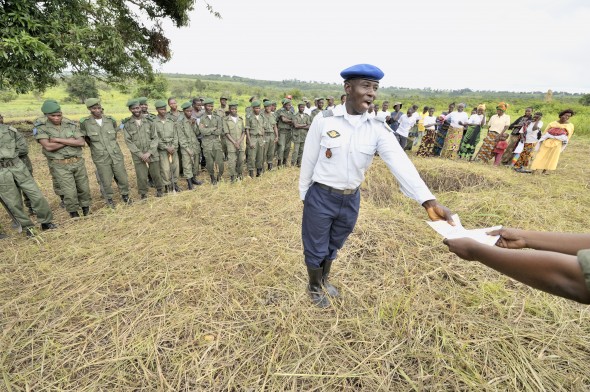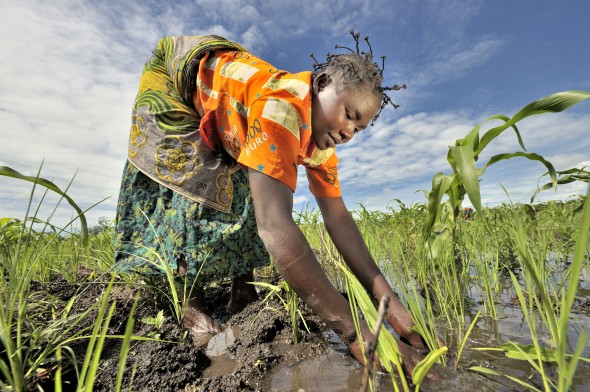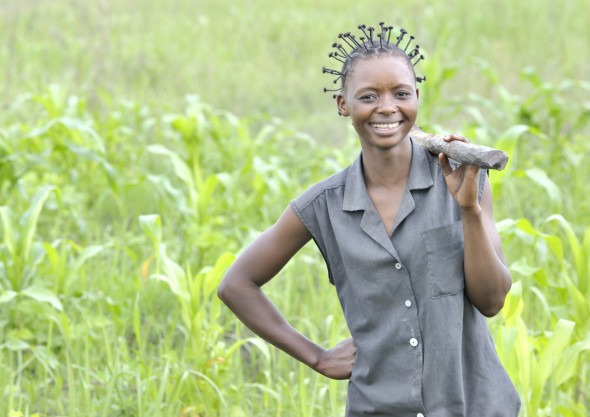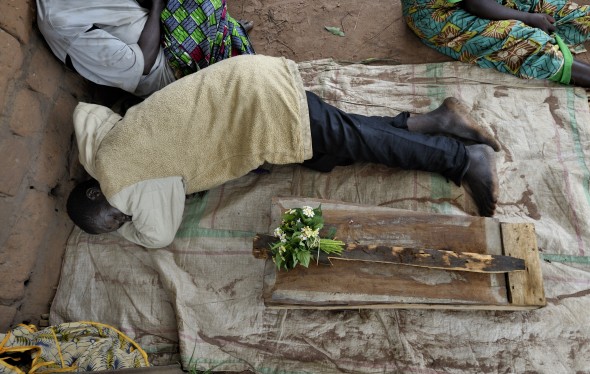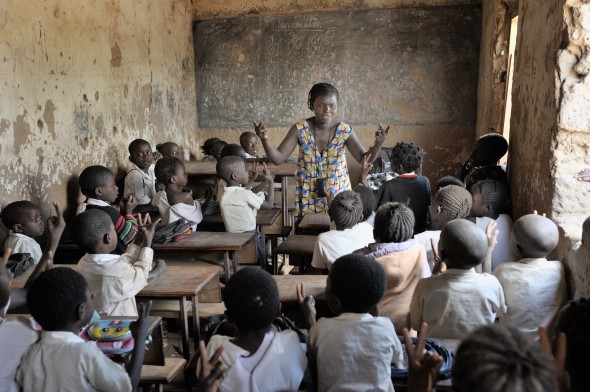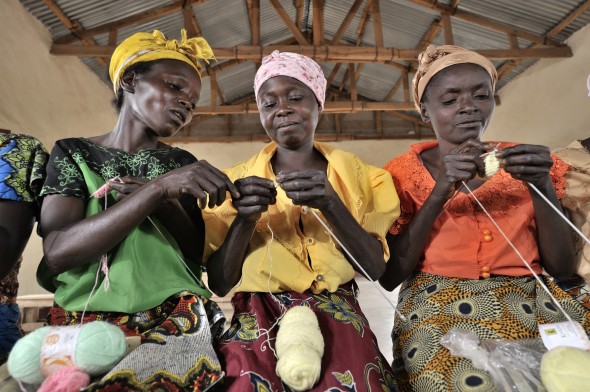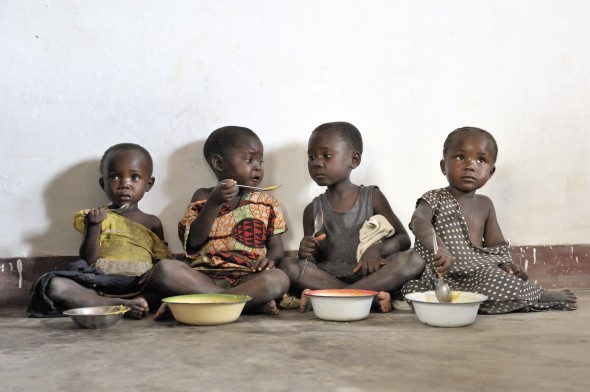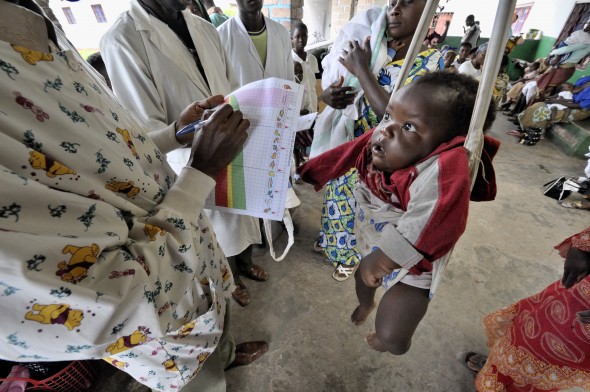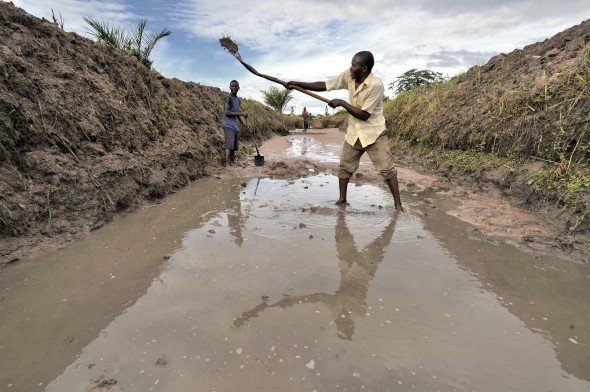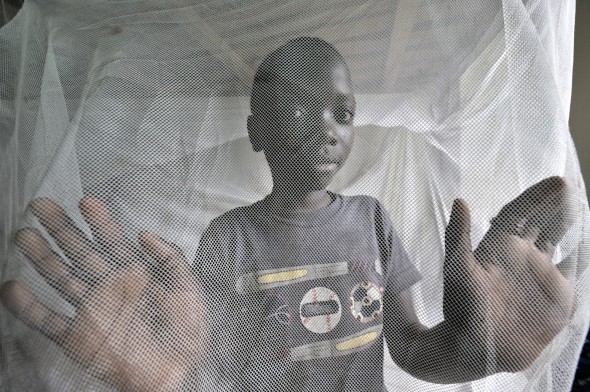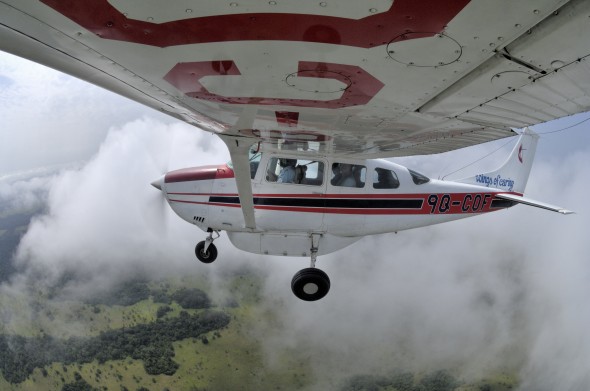Global Lens Reflections on life, the universe, and everything
The Congo’s Dirty Secret
When President Obama signed the financial reform bill on July 21, the United States took a significant step towards ending violence in the Democratic Republic of the Congo, where the most violent war of recent decades continues to rage. It’s a conflict is fueled by a variety of factors, including endemic corruption and the proliferation of a variety of rebel groups and militia armies, even some linked to the perpetrators of the 1994 genocide in neighboring Rwanda. One of the important sources of funds for many of these armed groups is the mineral wealth under the ground in the DRC. It is the resource curse writ large. If its mineral wealth were managed appropriately, the Congo could be one of the wealthiest nations on earth. Instead, many of its people are among the poorest, and women and girls in the Congo are more likely to be raped than anywhere else.
If that’s too many words in a row, here’s a faux television commercial that brings the point home.
The new financial reform bill requires U.S. companies that import products–we’re talking cell phones, laptops, cameras and the like–containing certain minerals to file an annual report stating whether they source their minerals from the Congo or one of nine neighboring countries (much of the Congo’s mineral wealth is smuggled out through its neighbors). Any company sourcing minerals in the region will have to report what it’s doing, first of all, to trace the origin of the minerals, and, secondly, what it’s doing to insure that its purchases don’t fund armed groups in the Congo. It’s not a ban on conflict minerals, but it will provide advocacy groups with critical information which they can use to organize a market-driven response. Unless electronics companies are able to gut the regulatory process in coming months. To stay in touch with this issue, check out Raise Hope for Congo and the Enough Project.
A historical note about companies losing legislative battles only to win in the regulatory process. Back in the 1980s, the Honduran Congress, under pressure from children’s advocates, passed legislation that would require all shoemakers’ glue sold in the country to have mustard oil added as a deterrent to sniffing. The mustard oil irritates the nasal passages enough to make sniffing glue almost impossible. One of the companies fighting the legislation was HB Fuller, a giant U.S. company that manufactures solvent-based adhesives and sells them around the world, including to children who inhale the stuff as a way to escape hunger and anxiety. Although it lost the battle in the Congress, HB Fuller did get a clause added that called on the Ministry of Health to covene a committee to decide the exact percentage of mustard oil that needed to be added. After a few months and some rather generous lobbying by HB Fuller, the committee finally decided on the percentage. Zero.
But back to the Congo. I was in the DRC a little over a year ago, covering the war in the east, where Tutsi General Laurent Nkunda had begun a campaign against government forces. I was based in Goma, a gorgeous city tucked away between high lakes and jungle-draped volcanoes where the last of Africa’s mountain gorillas still roam free. Yet Goma had filled with tens of thousands of people fleeing Nkunda’s army. I documented life for ordinary people on both sides of the front. Among the articles I wrote was one about how a high number of displaced people are taken in by other families, something not found much elsewhere in the world. But even with such remarkable grassroots solidarity, many families fled to makeshift IDP camps that quickly sprouted up.
Before that, I had spent three weeks in central and southern Congo (the country’s infrastructure is so screwed up that to get from Lubumbashi to Goma I had to fly via Nairobi to Kigali, the capital of Rwanda, then drive overland through the mountains to cross the border into Goma). Some of that time was devoted to covering a variety of economic and social projects sponsored by United Methodist agencies. One of the more interesting visits was a day I spent on one of the country’s largest military bases. The United Methodist Committee on Relief (UMCOR) had a project there to train soldiers and their families in agricultural techniques. The idea is that soldiers with a skill are less likely to be recruited into one of the many private militias. They had a graduation ceremony in which I was the guest of honor, a recognition that included the task of handing out the diplomas. I tried to decline, explaining that I had come a long way to photograph the action, not to be the action. We finally compromised; I passed out the first half dozen diplomas to soldiers who saluted me proudly, then I fell back into the role of photographer.
Here are some other images from that portion of the trip. Move the mouse over the image to see the caption.
I also shot the obligatory mosquito net shots, but please understand that there’s more to fighting malaria than just bednets. Around Kamina, for example, where malaria had all but disappeared a few decades back yet came back on the attack as war wore down the economy and civil society’s ability to organize, the United Methodist Church has an ambitious program to combat malaria, getting people to clean up irrigation ditches in the area and take other steps to remove mosquito breeding grounds.
Trouble is, a comprehensive public health approach to fighting malaria doesn’t fit on a bumper sticker. But things like “Nothing But Nets” do, no matter that it’s misleading. While nets are indeed part of a comprehensive strategy to combat malaria, there’s a lot more to it. Yet explaining complicated issues of history, social organization and epidemiology are not easy ways to raise money. So we’ve reduced it to nets. It works as a marketing gimmick–millions of dollars get raised. But it purveys a false sense of mission by telling people they will solve a problem by giving ten dollars. Or multiples of ten dollars. Just throw a little money at a problem and you solve it. Just give some thing to people who are poor and you’ll solve their problems. This reduces mission to the mere transfer of commodities, in which we are conveniently the saviors. In reality it’s something else. (See Bryant Myers, Walking with the Poor: Principles and Practices of Transformational Development.) It also does little to change our often erroneous understanding of Africa, something that mission agencies have often been remiss at counteracting. (See Binyavanga Wainaina’s “How to Write about Africa”.)
I also spent some time in the Congo shooting the aviation ministry of the United Methodist Church. That means going up in airplanes. To get the best shots I had some folks duct tape me to the wing of this mission plane:
OK, not really. I did carefully connect a camera to the wing and activate the shutter with a radio remote inside the cabin. The images turned out pretty cool, but we probably missed the best ones. I was worried about the damn camera coming loose and falling into the jungle, so I brought along an old camera just for that purpose. I used a wide angle lens I borrowed from my friend John Goodwin (I certainly didn’t want to risk one of my lenses out there). And if the worst occurred, I didn’t want to sacrifice a huge Compact Flash card, so (being a clever guy) I put a small 2 gig card in the camera. So we take off, and I’m in the airplane as we’re flying along, pressing the button every once in a while, hoping that the images will be as cool as I hope. It was a 30-minutes or so flight from Tunda to Kananga, and before landing I asked Jacques Umembudi Akasa, the United Methodist missionary pilot, to cut a sharp turn over the village so I could shoot the plane with the community in the background. He did. A sharp, dramatic backing turn not far off the ground. I was thrilled. Until after landing I discovered that I’d run out of room on the CF card about five minutes before the really cool stuff at the end. Augghh!! Next time.
Here’s a YouTube thing I did of the aviation ministry.
A final note about the Congo. After years of being largely ignored in the U.S., except by rare voices like that of Jonathon Kwitney in Endless Enemies (1986) or Barbara Kingsolver with her masterpiece The Poisonwood Bible (1998), it’s being discovered these days. Nick Kristof is writing about it. Lisa Shannon’s book, A Thousand Sisters: My Journey into the Worst Place on Earth to Be a Woman (which we just excerpted in Response along with some of my photos), has highlighted how ordinary people can become involved with something far away and really begin to make a difference. Her Run for Congo Women began when she watched an episode of Oprah. It’s a whole lot better than just handing out nets.
